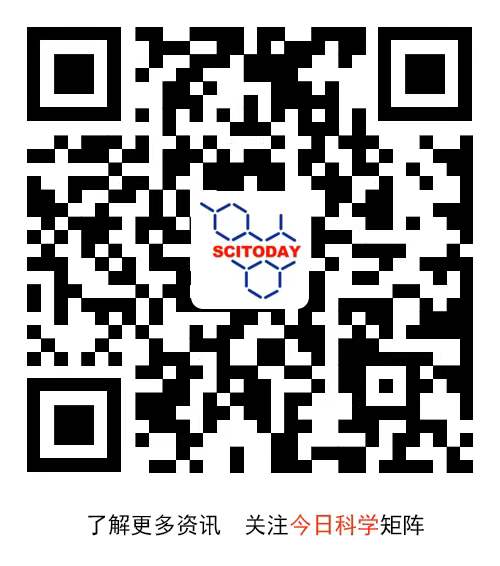研究探明共抑制受体TIGIT促进T细胞的组织保护功能
苏黎世大学Nicole Joller小组的一项最新研究探明了共抑制受体TIGIT促进T细胞的组织保护功能。2025年10月15日,国际知名学术期刊《自然—免疫学》发表了这一成果。
在这里,研究组发现TIGIT+ T细胞不仅表达免疫调节基因标记,还表达组织修复基因标记。具体来说,在病毒感染后,TIGIT直接驱动组织生长因子双调节蛋白(Areg)的表达,而在没有TIGIT的情况下,Areg的表达强烈降低。该研究团队发现调节性T (Treg)细胞,而不是CD8+ T细胞,是介导这些组织保护作用的关键T细胞亚群。在Treg细胞中,在T细胞抗原受体刺激后,TIGIT参与诱导转录因子Blimp-1,然后促进Areg的产生和组织修复。他们发现了共抑制受体TIGIT的非经典功能,其中它不仅通过抑制免疫反应来限制免疫病理,还通过诱导T细胞中的组织生长因子Areg来积极促进组织再生。
据悉,共抑制受体TIGIT在自身免疫条件下抑制过度的免疫反应,同时也抑制抗肿瘤免疫。在病毒感染中,单独使用TIGIT不影响病毒控制,但已显示出限制组织病理。然而,其潜在的机制还不完全清楚。
附:英文原文
Title: The co-inhibitory receptor TIGIT promotes tissue-protective functions in T cells
Author: Panetti, Camilla, Daetwyler, Rahel, Moncsek, Anja, Patikas, Nikolaos, Agrafiotis, Andreas, Tang, Adelynn, Andreata, Francesco, Fumagalli, Valeria, De Lima, Jean, Wen, Lifen, King, Carolyn G., Vasanthakumar, Ajithkumar, Iannacone, Matteo, Kallies, Axel, Yermanos, Alexander, Hemberg, Martin, Joller, Nicole
Issue&Volume: 2025-10-15
Abstract: The co-inhibitory receptor TIGIT suppresses excessive immune responses in autoimmune conditions while also restraining antitumor immunity. In viral infections, TIGIT alone does not affect viral control but has been shown to limit tissue pathology. However, the underlying mechanisms are incompletely understood. Here we found TIGIT+ T cells to express not only an immunoregulatory gene signature but also a tissue repair gene signature. Specifically, after viral infection, TIGIT directly drives expression of the tissue growth factor amphiregulin (Areg), which is strongly reduced in the absence of TIGIT. We identified regulatory T (Treg) cells, but not CD8+ T cells, as the critical T cell subset mediating these tissue-protective effects. In Treg cells, TIGIT engagement after T cell antigen receptor stimulation induces the transcription factor Blimp-1, which then promotes Areg production and tissue repair. Thus, we uncovered a nonclassical function of the co-inhibitory receptor TIGIT, wherein it not only limits immune pathology by suppressing the immune response but also actively fosters tissue regeneration by inducing the tissue growth factor Areg in T cells.
DOI: 10.1038/s41590-025-02300-w
Source: https://www.nature.com/articles/s41590-025-02300-w



